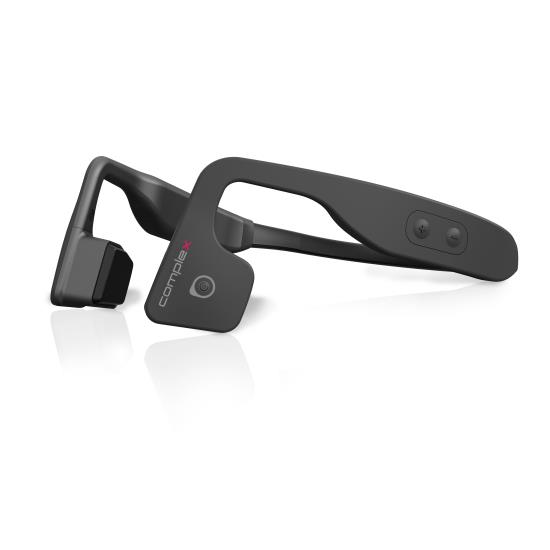Before we get to the actual headphones, let’s take a look at the mechanics and fields of usage. In a typical scenario, the sound travels in the form of a wave that enters your outer ear, continues through the middle ear, and ends up in the inner ear, which transforms it into electric signals for the brain. As the name suggests, bone conduction technology allows you to hear sound with the help of your jaw and cheekbones that carry sound vibrations through your skull bones directly to the inner ear (the hearing organ) and cochlea, actively bypassing the ear canal and the eardrum. As you might’ve guessed, this technology is being widely used in hearing aids, military and scuba diving communication, and, of course, in a number of sports.

Because the headphones need to rest on your facial bones (usually the temporal ones), they always come in the form of a band that goes around the back of your head and rests over your ears, which gives them a slightly futuristic look. Let’s compare the pros and cons so you can make a full picture.
The Pros
Obviously, people suffering from outer or middle ear damage can hugely benefit from bone conducting headphones, as long as they have at least one functioning cochlea. They can also be worn alongside regular hearing aids! For people with no hearing difficulties, they have a few advantages. One, they allow their user to retain full awareness of ambient sounds.

Since these don’t seal around or even touch the ear canal, they allow you to hear other pedestrians and cyclists, passing cars, and any other potential hazards – muffling outside sounds might result in longer reaction time and warped spatial orientation. The sound quality won’t be perfect (the biggest con) and you won’t be immersed in music but if staying aware is your priority, you won’t be disappointed.
Second, if you feel uncomfortable with having your ears covered or ear canals plugged, these might be the thing to let your ears breathe, not to mention that regular earbuds are the perfect breeding ground for bacteria (especially when you get sweaty).

The Cons
As we mentioned above, audiophiles might not come to terms with bone conducting headphones. While their biggest positive is that you are still aware of surrounding sounds (i.e. cars), which gives you more time to react to potential danger, the sound quality decreases. Your eardrums are not isolated from the outside clamour (and not used at all, in fact) because no part of your ears is covered, so if you’re mainly looking for high-fidelity sound and punchy bass, these might not be for you. Also, because the headphones rest atop your cheekbones and balance their weight on a small portion of your ear, more vigorous activity like running or downhill might make them jiggle about and cause discomfort.




